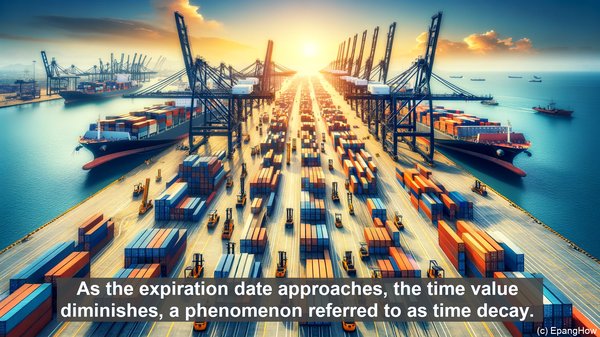Introduction: The World of Derivatives
Hello everyone, and welcome to another insightful video on the intricacies of finance. Today, we’re diving into the realm of derivatives, specifically financial futures and financial options. These instruments play a crucial role in modern financial markets, enabling investors to manage risk, speculate on price movements, and much more. Let’s begin by understanding the fundamental differences between futures and options.
Defining Financial Futures: Contracts of Commitment
Financial futures, often referred to as futures contracts, are agreements between two parties to buy or sell an asset at a predetermined price and date in the future. These contracts are standardized, meaning they have specific terms, such as the quantity and quality of the underlying asset. Futures are typically traded on exchanges, providing a centralized marketplace for buyers and sellers. One key aspect of futures is that they carry an obligation to fulfill the contract. This means that both parties are legally bound to execute the transaction when the contract expires.

Exploring Financial Options: The Power of Choice
Financial options, on the other hand, grant the holder the right, but not the obligation, to buy or sell an asset at a predetermined price, known as the strike price, within a specified timeframe. Unlike futures, options provide flexibility. The holder can choose whether or not to exercise the option, depending on market conditions and their investment strategy. Options are traded on exchanges as well, and their value is derived from the underlying asset. It’s important to note that while options offer the potential for significant gains, they also carry the risk of expiring worthless if not utilized effectively.

Purposes and Strategies: Hedging, Speculation, and More
Both financial futures and options serve various purposes in the financial landscape. One common objective is hedging, which involves using these instruments to offset potential losses in an existing investment. For example, a farmer might use a futures contract to lock in a favorable price for their crop, ensuring stability in an unpredictable market. On the other hand, speculators utilize futures and options to capitalize on price movements, aiming to profit from market fluctuations. Additionally, options can be employed in strategies such as covered calls, where an investor holds the underlying asset and sells call options to generate income.
Understanding Pricing: Intrinsic Value and Time Decay
The value of both futures and options is influenced by several factors. In the case of futures, the price is often in line with the current market value of the underlying asset. However, factors such as interest rates and storage costs can also impact futures pricing. Options, on the other hand, have two components that contribute to their value. The intrinsic value is the difference between the strike price and the current market price of the asset. The remaining value is known as time value, which reflects the potential for the option to gain value before expiration. As the expiration date approaches, the time value diminishes, a phenomenon referred to as time decay.
Risks and Considerations: The Importance of Diligence
While financial futures and options offer opportunities, they also carry inherent risks. Market volatility, for instance, can lead to substantial losses. It’s crucial for investors to thoroughly understand the instruments they’re trading and to employ risk management strategies. Additionally, the leverage involved in futures and options trading amplifies both gains and losses. This makes it essential to approach these instruments with caution and to only allocate capital that one can afford to lose. Staying updated with market news, trends, and analysis is also vital for informed decision-making.
